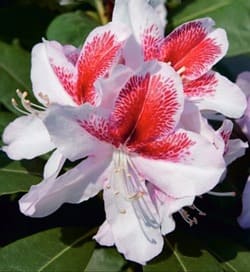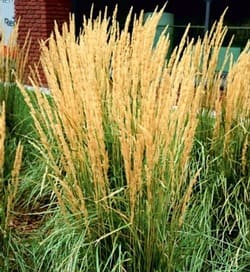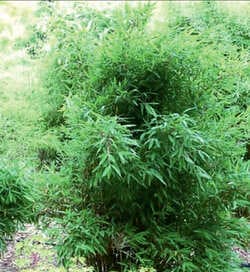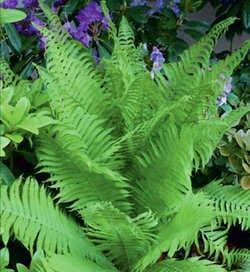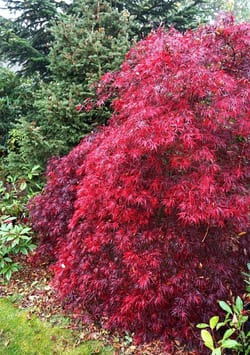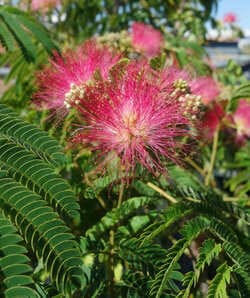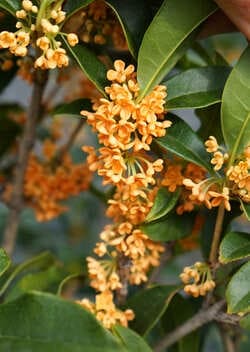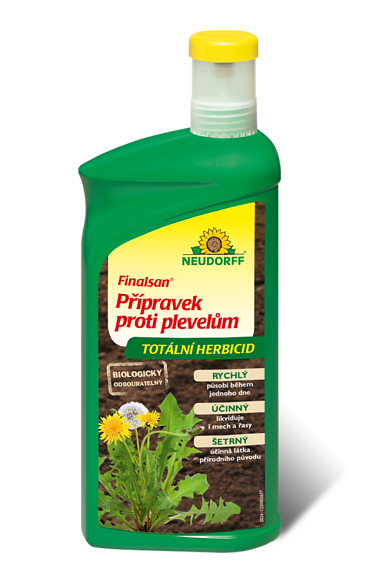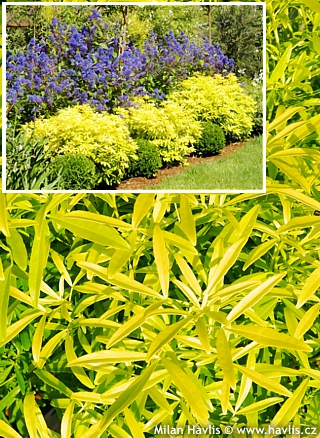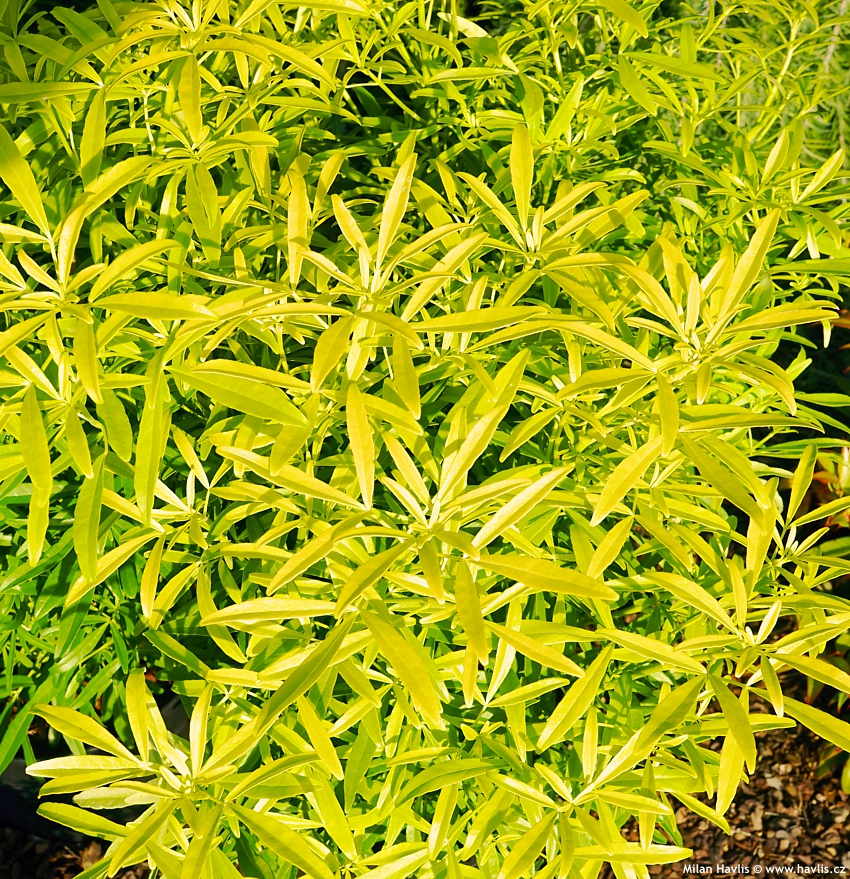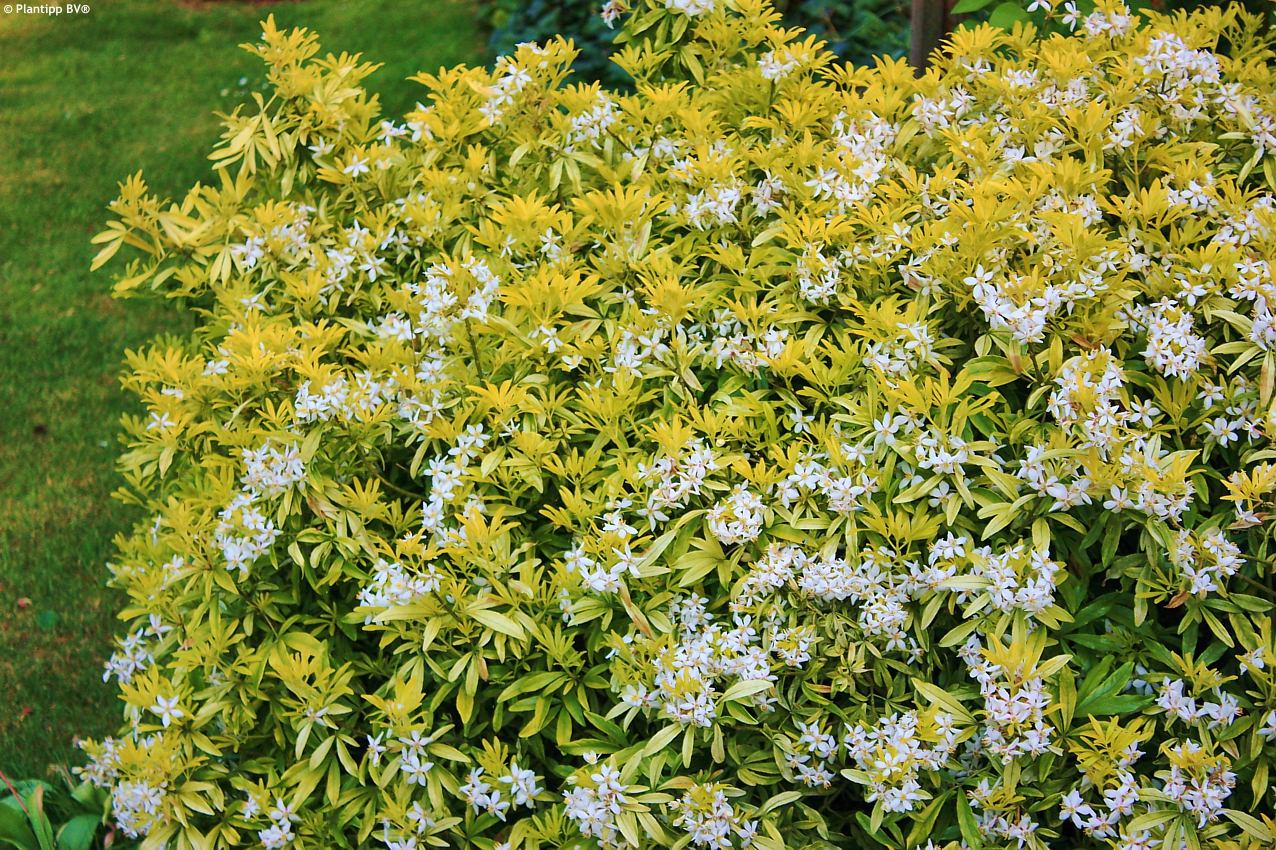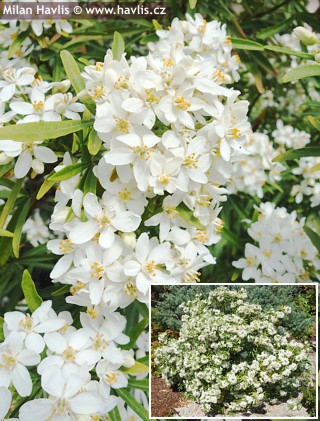Choisya 'Limo' GOLDFINGERS Mexican orange blossom
Choisya
The first mentions of the genus Choisya are linked to Mexico and the southwestern United States, from where these evergreen shrubs with aromatic leaves and orange‑blossom‑like flowers were brought to Europe in the 19th century. The genus was named in honour of the Swiss botanist Jacques Denis Choisy (1799–1859), who studied plants of the rue family (Rutaceae). The best‑known species became Choisya ternata, cherished for its abundant flowering and citrus fragrance, widely cultivated especially in England and southern Europe, where mild winters allow it to overwinter reliably. Both flowers and leaves contain essential oils rich in linalool, limonene and other terpenes, which give it its characteristic citrus scent reminiscent of orange blossom. For this reason it was traditionally planted near dwellings in Mexico as a fragrant shrub, and in modern times its extracts have found use in perfumery as a delicate citrus‑floral note. This all led to the common English name Mexican orange blossom.
With great enthusiasm – and it must be admitted, with some surprise – hybrid Choisya began to be spoken of in Central Europe only at the turn of the millennium, even though the cross itself had been created a decade earlier. It combined the broad‑leaved but tender Choisya ternata with the narrow‑leaved and exceptionally resilient Choisya dumosa var. arizonica, native to Arizona and Texas and growing up to 1200 metres above sea level. The result was a hybrid given the name Choisya × dewitteana, combining the elegance and fragrance of the Mexican species with the toughness of its American partner. The cross was made by the English breeder Peter Moore, who had already introduced the first cultivar, Aztec Pearl, in 1989. It reached our gardens only much later, though. First it spread from British nurseries into Western Europe, and after 2010 we subjected it to a rigorous cold‑hardiness test in the harsher conditions of Central Europe. To our surprise it passed without a single loss and thus became an unexpected breakthrough, opening the way for an entire new wave of cultivars carrying this “Arizona gene” – a guarantee of reliable hardiness even for Central Europe.
Possibly every plant is capable of creating its gold-leaved mutation. No wonder Peter Moore helped choisya with this process when crossing choisya ternata Sundance with choisya arizonica pollen. It was named GOLDFINGERS and was registered in 1998 i.e. 14 years before Hillier Nurseries introduced their own gold-leaved choisya Aztec Gold in 2012. European patent No. 5554 was issued in 2000.
GOLDFINGERS choisya boasts bright golden-yellow, evergreen leaves that are palmately divided into 3-7, glossy, narrow leaflets that are rich golden yellow above and lime green to yellow green inside the compact shrub. They release a tempting spicy scent when crushed, yet please do not consume them. They are very resistant to winter sun scorch even in winters of zone 6 and remain lush and handsome all year round. Also, the branches keep them for several years which helps the plant look dense without pruning, and which led some landscape designers to using it for informal evergreen hedges with unusual foliage. Great idea! From late April until early June the shrub produces a profusion of simple, star-shaped, pure white, and very fragrant flowers with yellow stamens. Their perfume is remarkably similar to orange flowers hence its name Mexican orange or Mexican blossom.
The hybrid was sold predominantly in England, where it was among the top ten best selling plants for 20 years, later in the Netherlands and France, and now in Italy where it battles with the original c. ternata. Only recently it was introduced to slightly colder parts of Europe as it proved to be hardier than older varieties of cherry laurels and photinias which had a problem during the cold winter of 2010, and a few more afterwards. So far it survived -23 °C without any damage which makes it hardy to USDA zone 6.
Grow choisya the same way as a sun loving rhododendron. It has shallow and delicate root system which must never stand in wet ground. Drainage is crucial for its happy life, and so is acid, fertile soil for its healthy look. We highly recommend using mycorrhiza that will help the plant establish sooner and provide enough nutrients. As it flowers from mid spring (on last year’s wood) pruning of any kind should happen immediately after flowering in early summer. If you follow these instructions you can enjoy a gorgeous plant for many years had without virtually any maintenance.
Last update 06-08-2020
Goods are shipped all over Europe. For Russia and U.K. and for further details please read about SHIPPING OPTIONS HERE.
Are you interested in a serious discount for orders NOV-FEB? Check your options here.
THE PRICES INCLUDE VAT of 15%. For quick conversion you can use 1 CZK = approx. 0.04 EUR
- STANDARD QUALITY - Plants of this group are 1st class quality with number of branches and overall density adequate to their size and age, considering they were container grown.
- DE LUXE QUALITY - This label guarantees a luxurious quality of manually selected plants that, compared to their height and age, are exceptionally dense and beautiful.
- EXTRA - These plants are usually mature and bigger specimens with exceptional overall appearance.
- STANDARD (as described in the plant form) means a tree with a trunk of 190-210 cm and a crown at the top, unless specified differently. The commercial size for trees is their girth measured in the height of 1m from ground.
- HOBBY - These plants are of the same quality as our standard-quality plants but younger and therefore cheaper.
- SHRUB - a woody plant with branches growing bushy from the ground level.
- HALF-STANDARD or MINI-STANDARD - a small tree with shorter trunk, its size is usually specified.
- FEATHERED - These are trees with branches growing already from the base of the trunk and up along the stem.
- GRASSES and PERENNIALS - Sizes given usually read the diameter of the pot or the clump, as specified.












